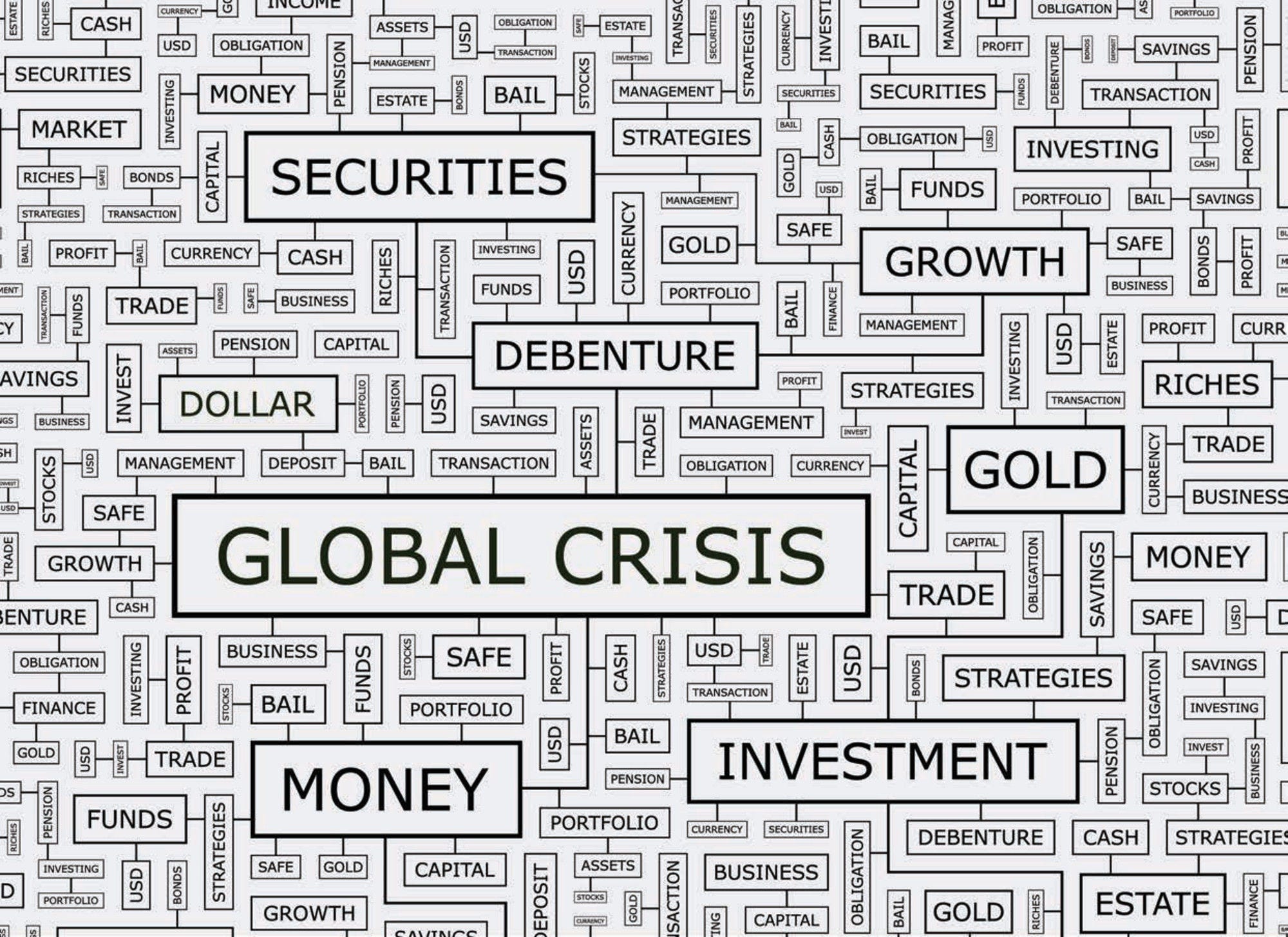When I was appointed Secretary-General of the OECD in the summer of 2006, it was a pleasant, if unexciting, time to be an economist. The Great Moderation had already solved the problem of having continuous growth while keeping inflation under control. Deregulation had unleashed the creative energy of the financial system, ensuring that the economy would always have the funds it needed. And the science of economics had finally solved the problem of depressions, according to Nobel laureate Robert Lucas. A year later, that world fell apart. As I write these lines today, in the autumn of 2020, we are facing an even more serious situation, provoked by the Covid-19 virus. It is therefore important to identify significant parallels and differences with the great financial crisis (GFC), and to apply the policy lessons we have learned.
The first similarity is how crises arise. The traditional school of economic thought essentially sees the economy as a machine which almost always operates in a predictable, linear way. Occasionally, the machine gets knocked off balance, or out of equilibrium, and needs some resetting to get back on track. But the economy is not a machine, despite all our talk of “engines of growth” controlled by “policy levers”. It is a complex adaptive system, with massive interdependencies among its parts and the potential for highly non-linear outcomes. In such systems, there is no equilibrium to return to. The crisis is not something that hits the system from outside. It is made possible and generated by the nature of the system itself.
Andy Haldane, Chief Economist of the Bank of England, discussed the similarities between financial crises and epidemics:

